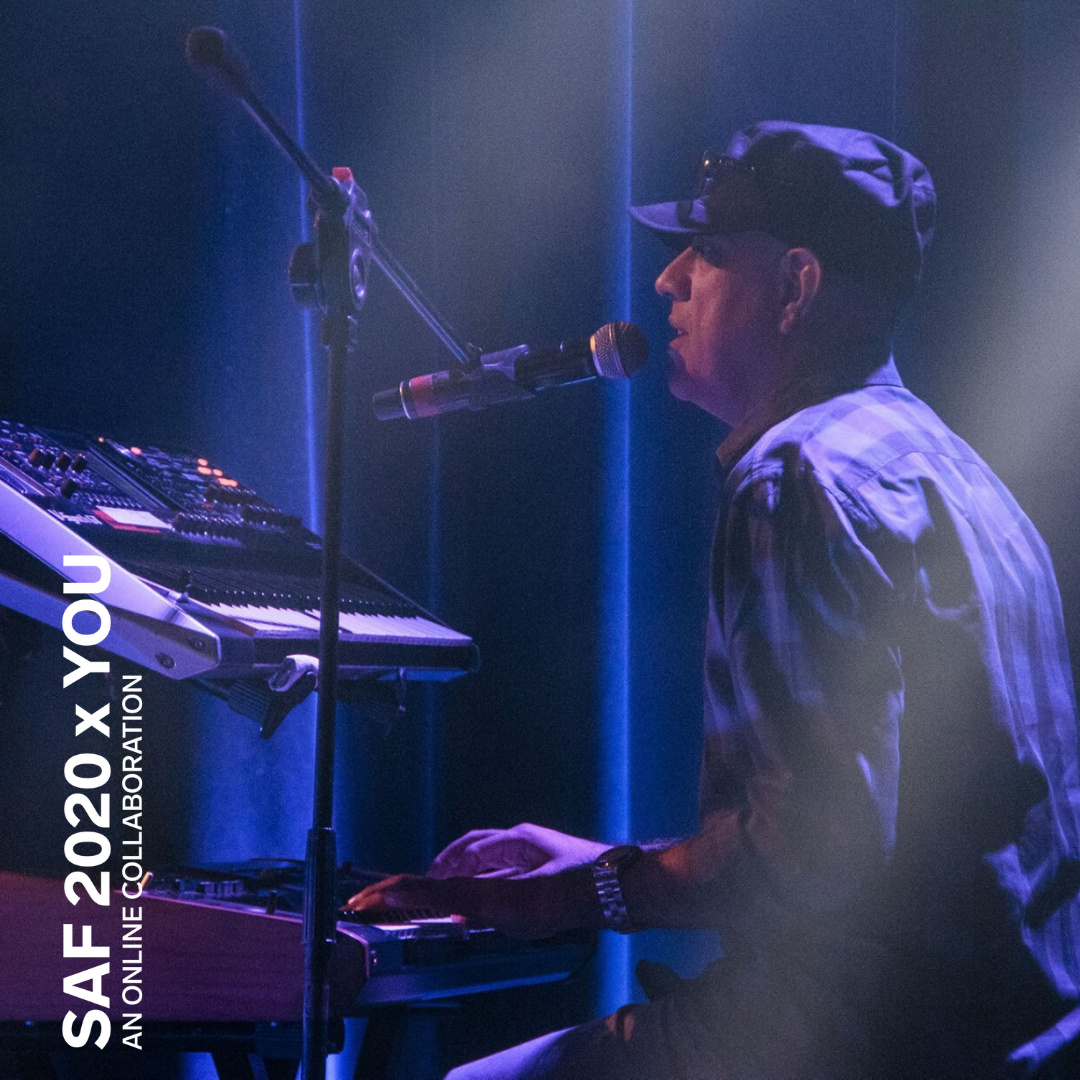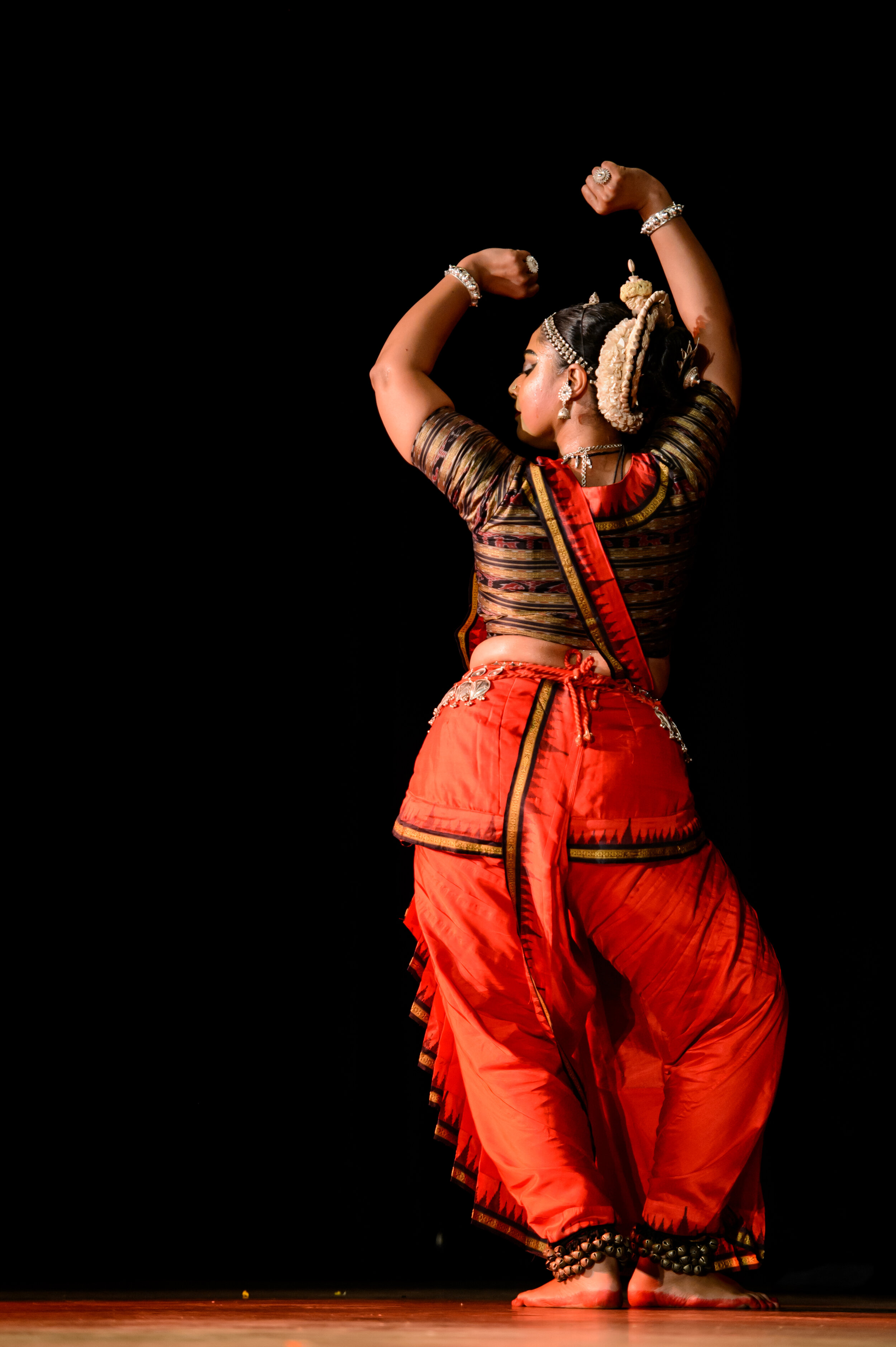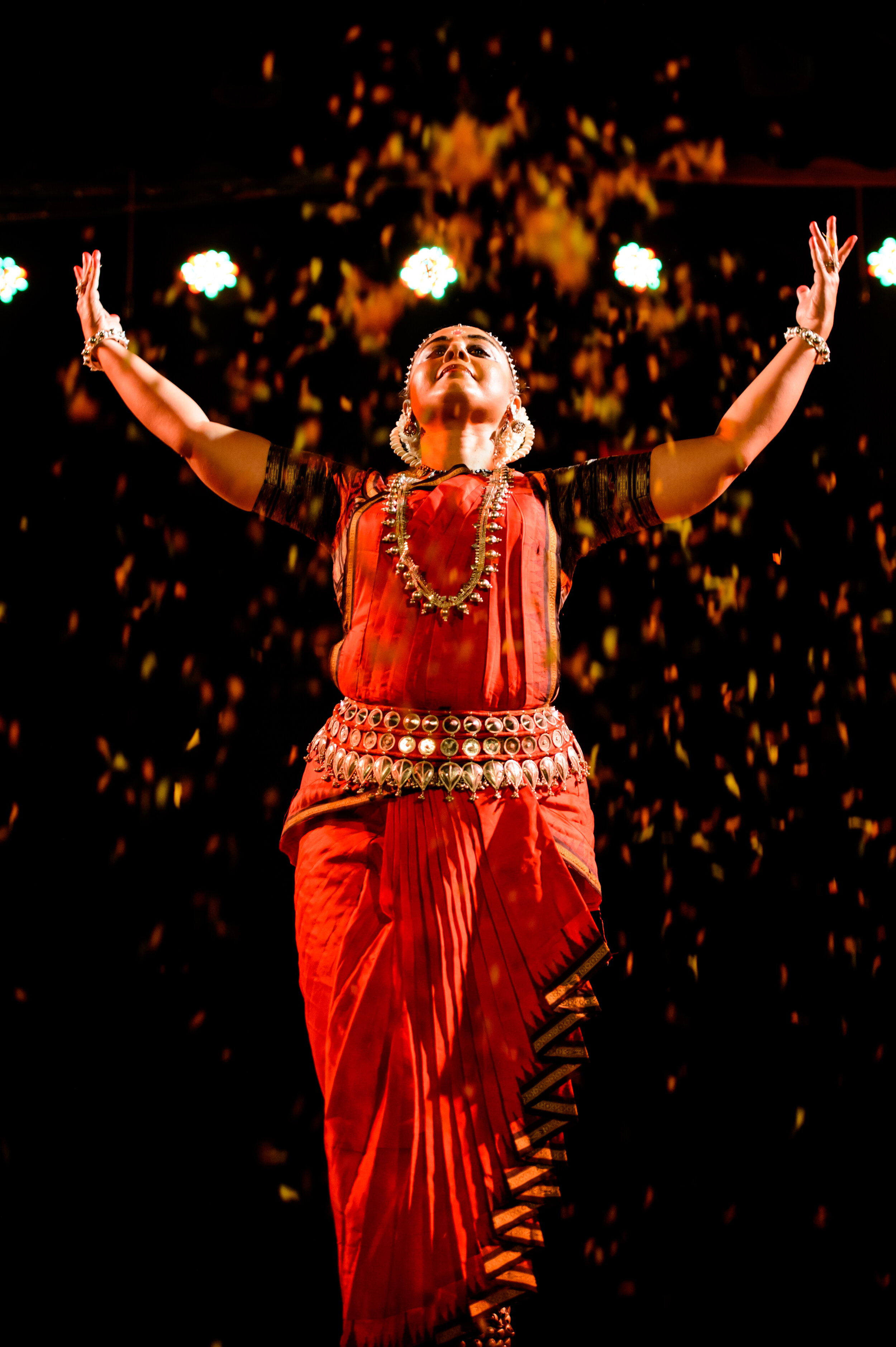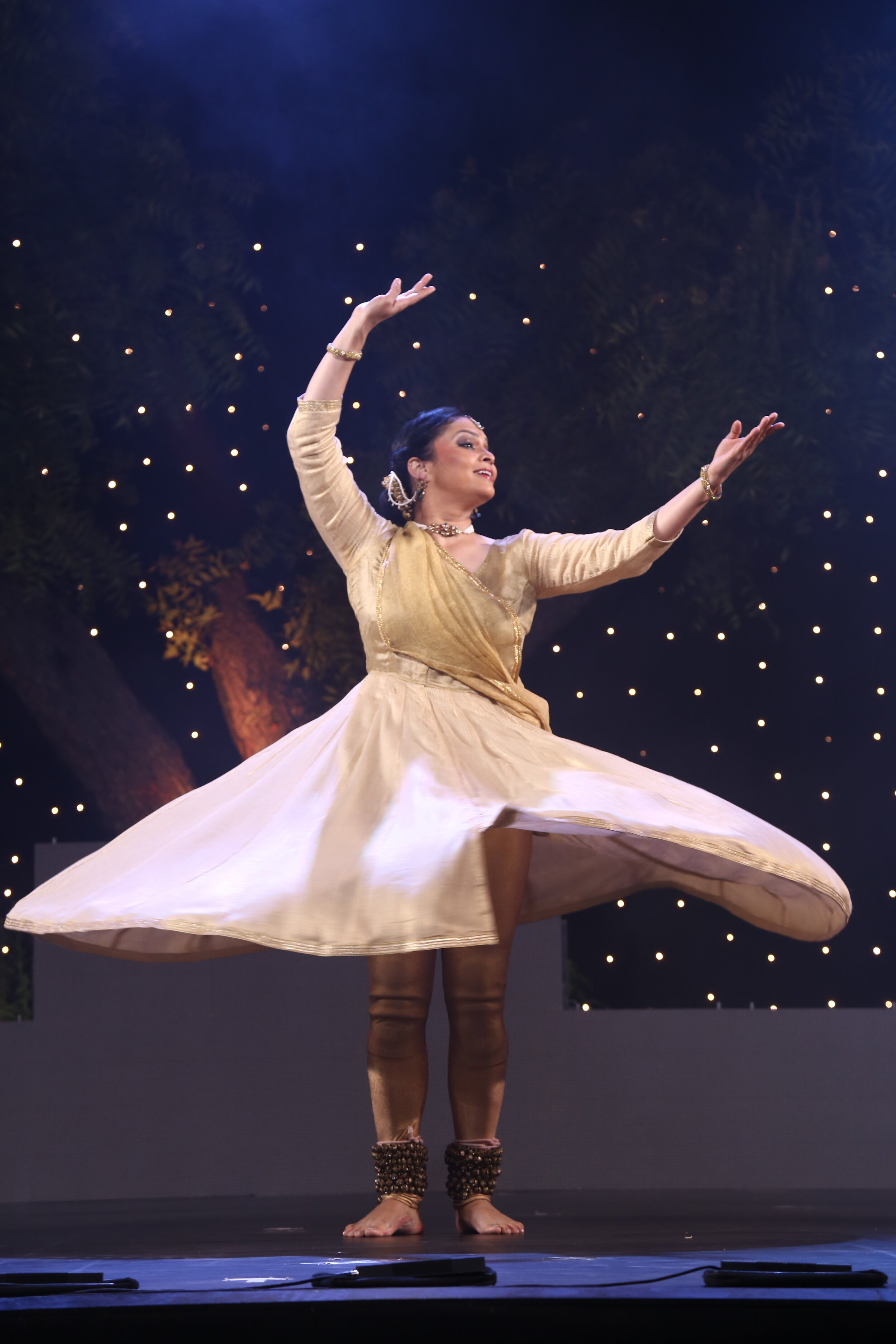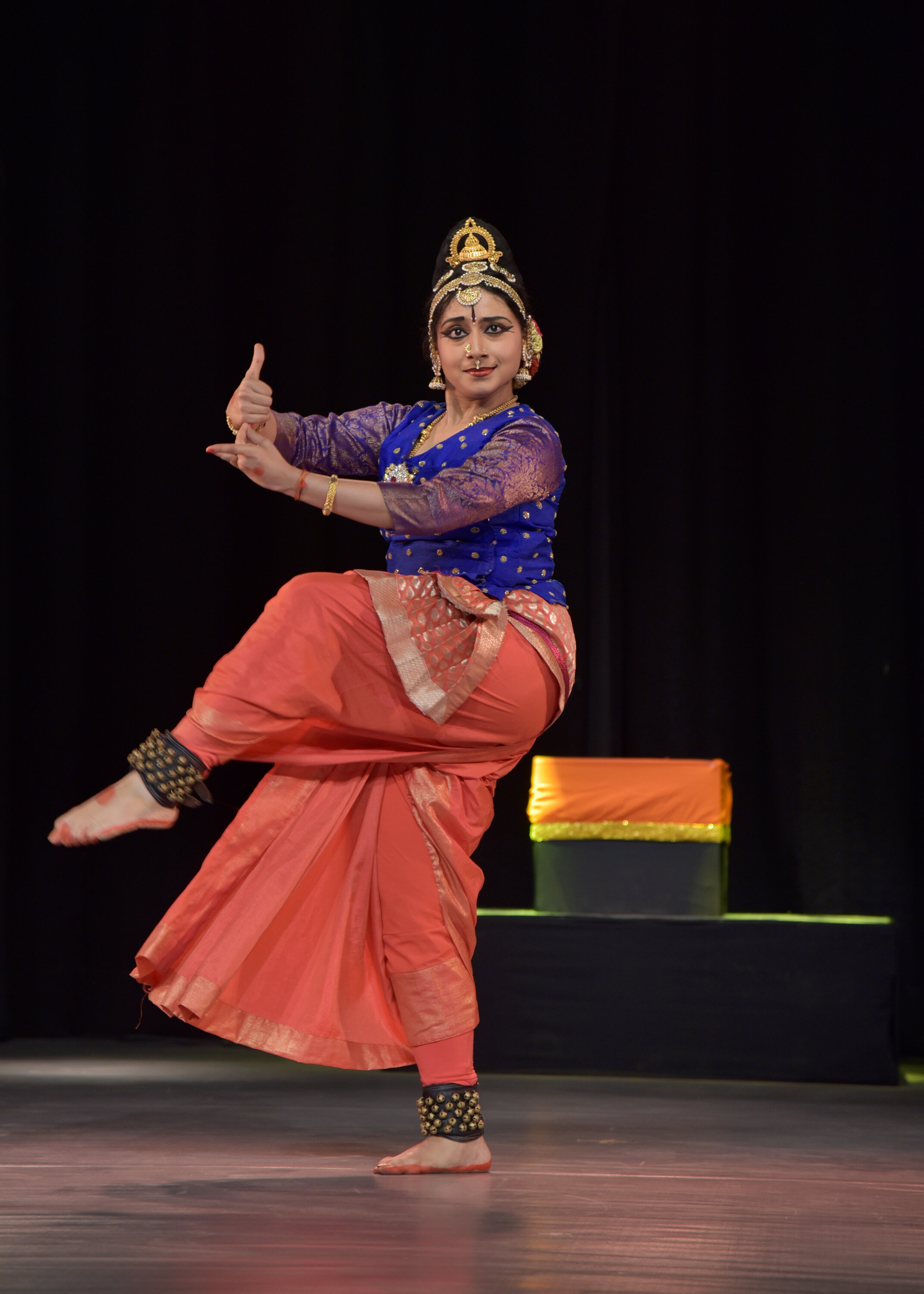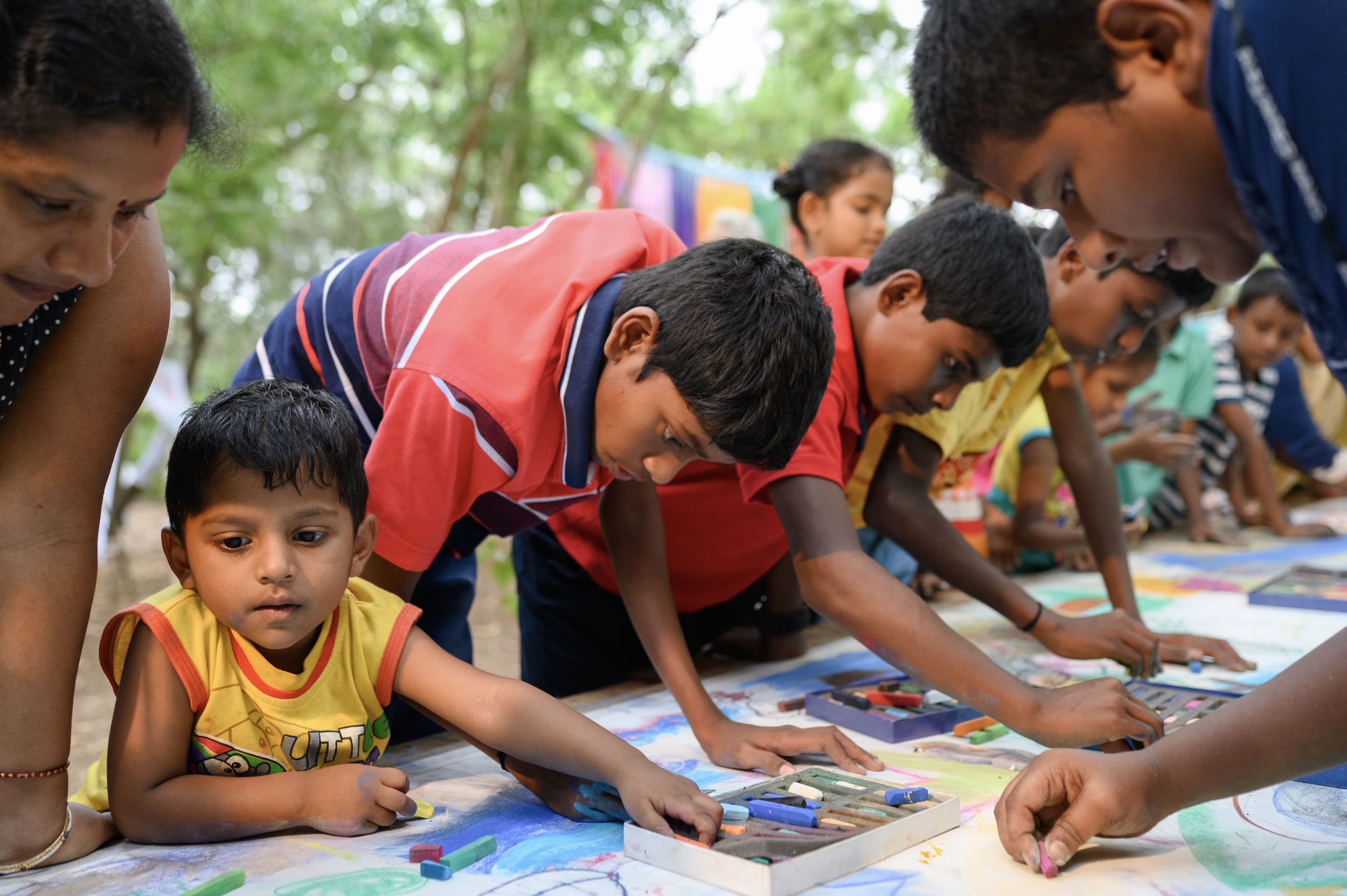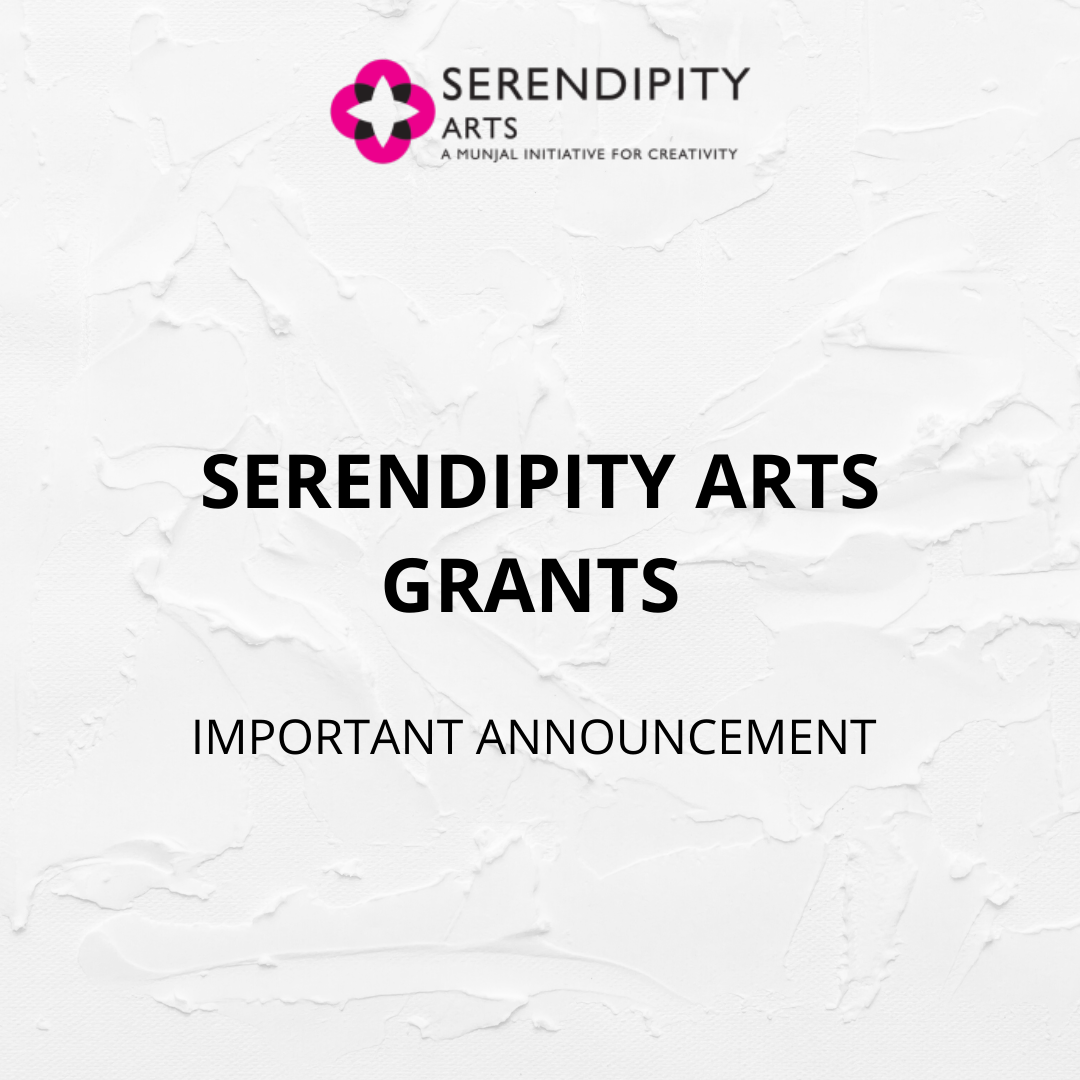How to {read}
No other question has perhaps borne such weight as this: how to read? Reading is understood as the first step towards comprehension. But what is left to comprehend?
A person, a place, a moment in time, a memory, a story, a gesture, something strange, out of the usual order of things; the arrival of new horizons. A frame flickering through our screens, a melody seeping into our head, a scene frozen in time. How do we read a mood? How do we read change—imperceptible and rapid?
Imagine an empty space that extends indefinitely, no walls, no boundaries, no limits, no colour, or sound. Can we read nothingness? Or think of shelves filled with official documents. Can we take the silent corners of archives and histories, and begin to read absence?
In How to Read, we go beyond the understanding of reading as an engagement with words, to open our eyes to reading as a way of life, a practice in empathy. We explore ways to read movements, to read images—moving and still, to read habitats, and relations, to read power and to read that which it renders invisible, what is unsaid, and what is not heard enough.
#serendipityconversations
As we increasingly rely on ourselves for sustenance, "how-to" videos, tutorials, and stories have gained prominence on the web. We extend the idea of care, sharing, and reliance that motivates these practices to the world of art, as we enter the minds, processes, and strategies used by curators, artists, and experts to bring their visions to life. Each week we approach a new "how-to": exploring the complexities of art through approachable, close-to-life conversations.
"Folk" Performances v2.0
"Folk" traditions are perpetually on the brink of extinction. The ones that survive undergo significant changes in their form, and are often re-presented through cultural mediation. This session tries to understand the history and politics of this dialogic process, while reflecting on the comparative trajectories of two dance forms that have significant martial elements: Chhau and Raibenshe.
Watch the talk on Facebook
Decoding Goa's Culinary Art
Going through the traditions followed in the different communities of Goa in my book, The Culinary Heritage of Goa, I have come to realise that over the centuries, these kitchens have 'read' and understood the nuances and combinations of the different ingredients in preparing a dish.
Food traditions in families are often unwritten, but are understood as the gospel truth. The recipes jotted down in memory, however, have been tweaked based on influences and occupations. Yet, the homemaker has been able to comprehend scribbled notes wherein the secrets of cooking methodology have been divulged to bring color and taste, which is the essence of Goan cuisine.
Here we will learn to read a recipe based on community kitchens in order to understand the traditional manner in which Goan food is prepared.
Watch the talk on Facebook
The (Photographic) Long Read
Through this session, I hope to unpack some of the decisions that go into building a visual narrative in the editorial space. During my time at The Caravan, a journal of politics and culture, which focusses on long-form narrative journalism, I have engaged with photographic projects that may lie within this realm, often exploring sub narratives in the pieces. These are then edited and produced to not only relay information, but communicate other registers, such as the historical, the psychological or the archival. The session will also address how we edit commissioned or sourced projects to work alongside our long-form text reportage, and the challenges we keep in mind with regard to representing the people and issues we speak about. Most of all, I hope to present diverse ways of looking at the medium itself, how challenges are always cropping up, and how photographers innovate and evolve along with these.
Watch the talk on Facebook
The Fundamentals of Great Film Music
Have you ever wondered how the great composers of Hollywood and Bollywood, so effortlessly compose beautiful themes and music pieces for the films we love watching?
Music in film is an art form very different from the songs or music we normally listen to.
A good film music composer has to aid the story, thematically as well as with deep respect to the sonic ambiance in a scene. Good film music should be thematically strong but should never come in the way of the story or the dialogue. How is all this done ? Can music elicit an emotional response from the audience, whether it be that of elation, wonder, happiness, nostalgia or suspense?
Please contact us at info@serendipityarts.org if you would like to watch this session!
#SAFthrowback
This week, we re-visit three projects at past editions of SAF. Ranjit Hoskote’s Anti Memoirs: Locus, Language, Landscape for SAF 2017 looked at artists from the colonial, postcolonial and contemporary eras addressing the challenge of a ‘present’ that is always saturated in its past.
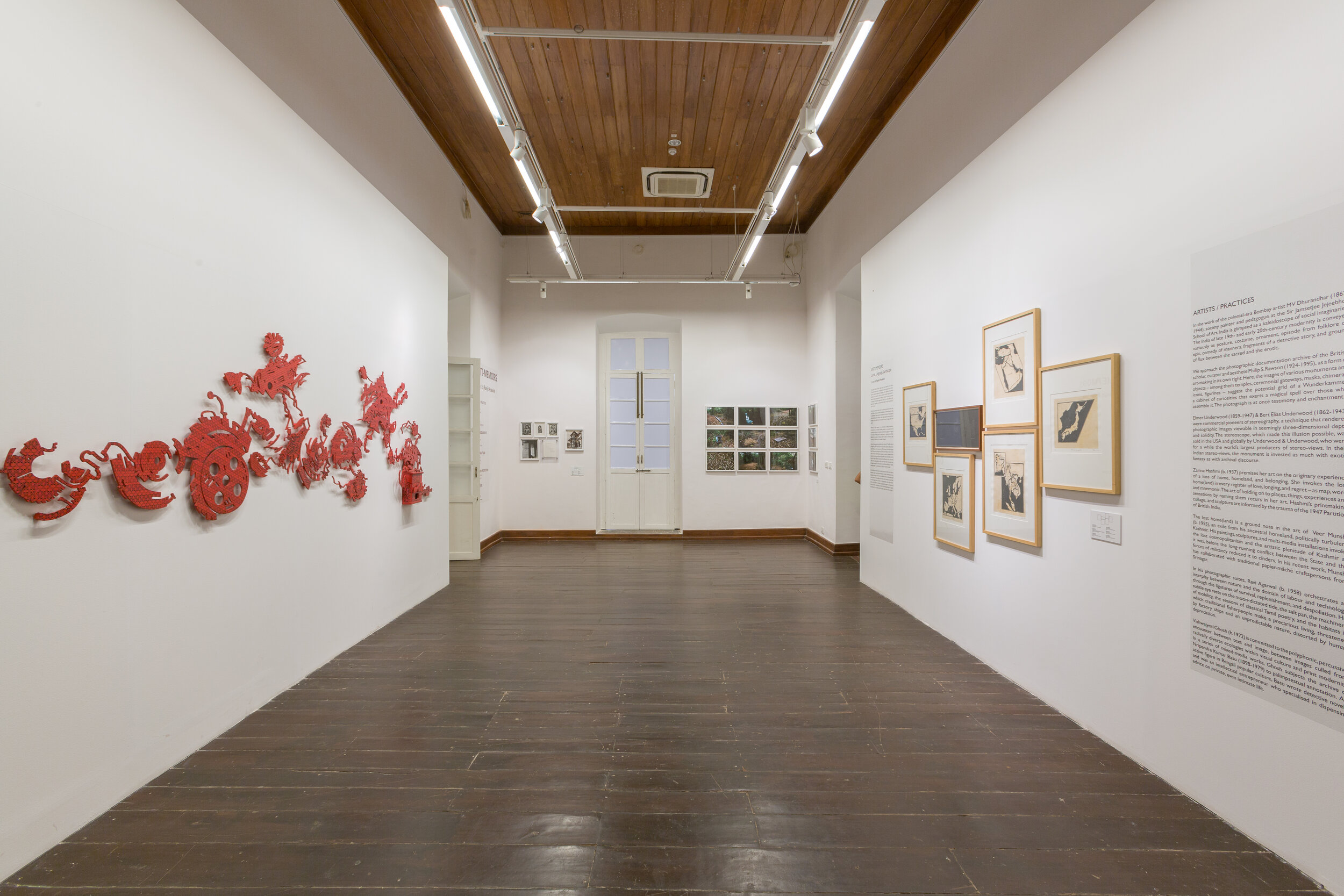
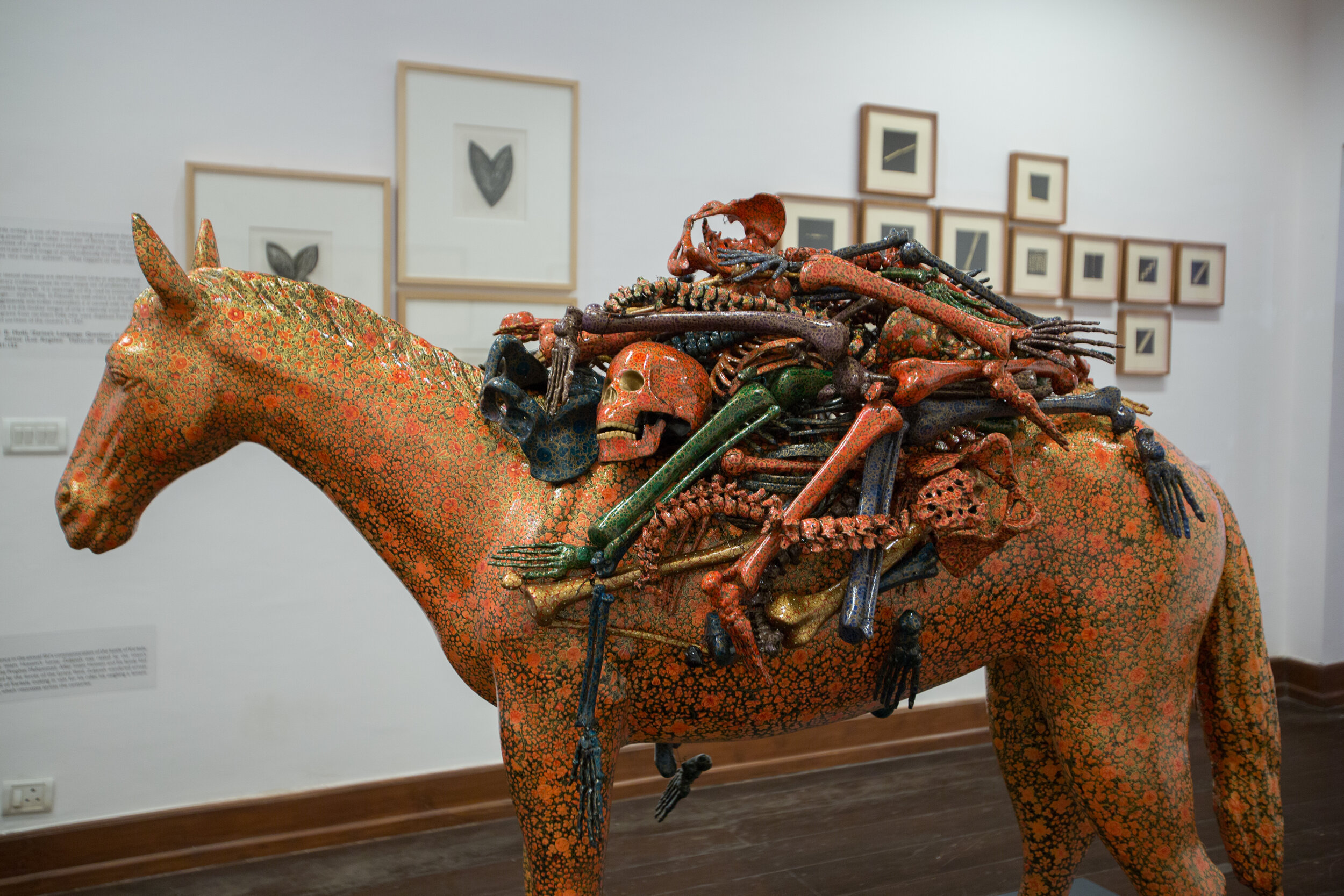
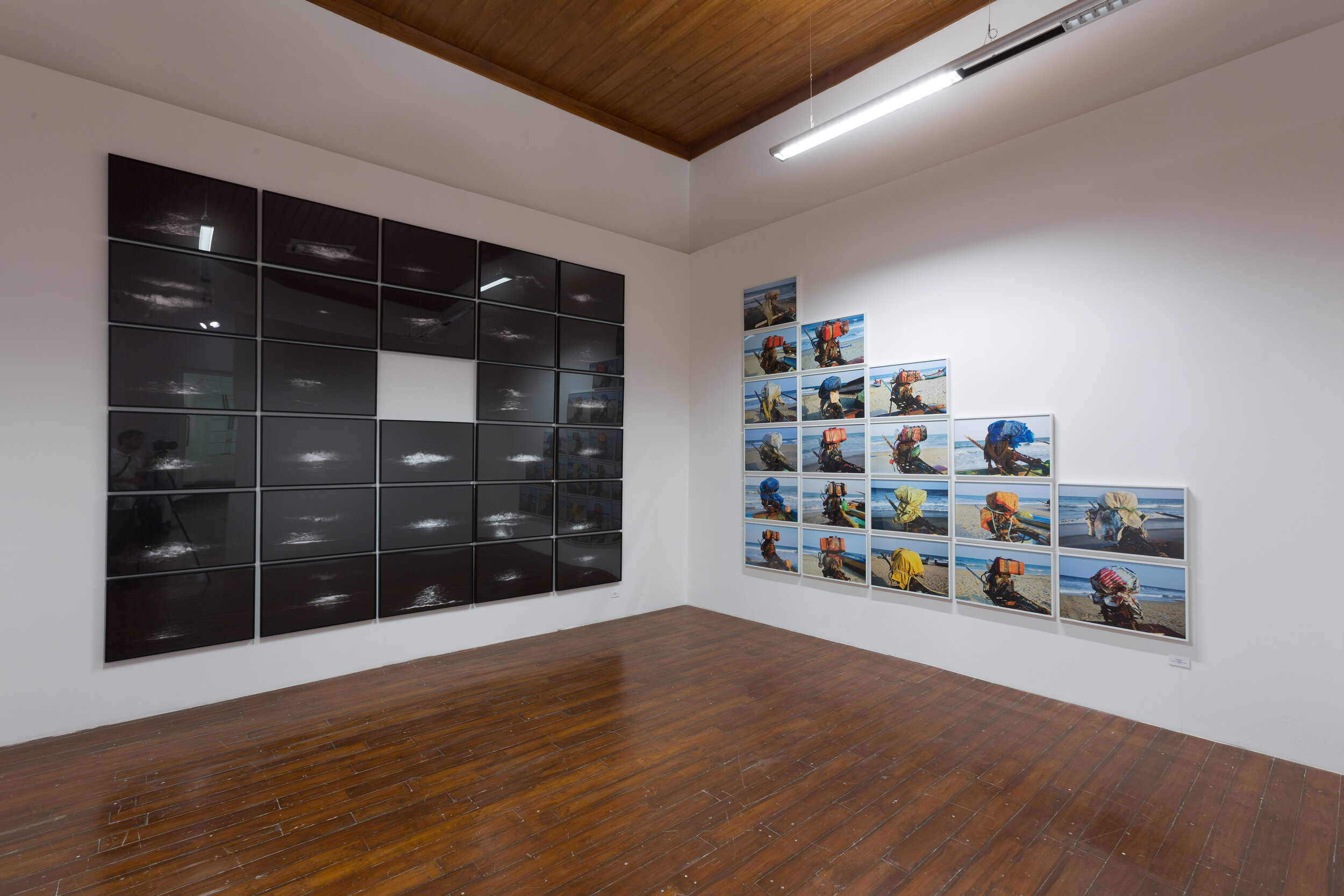
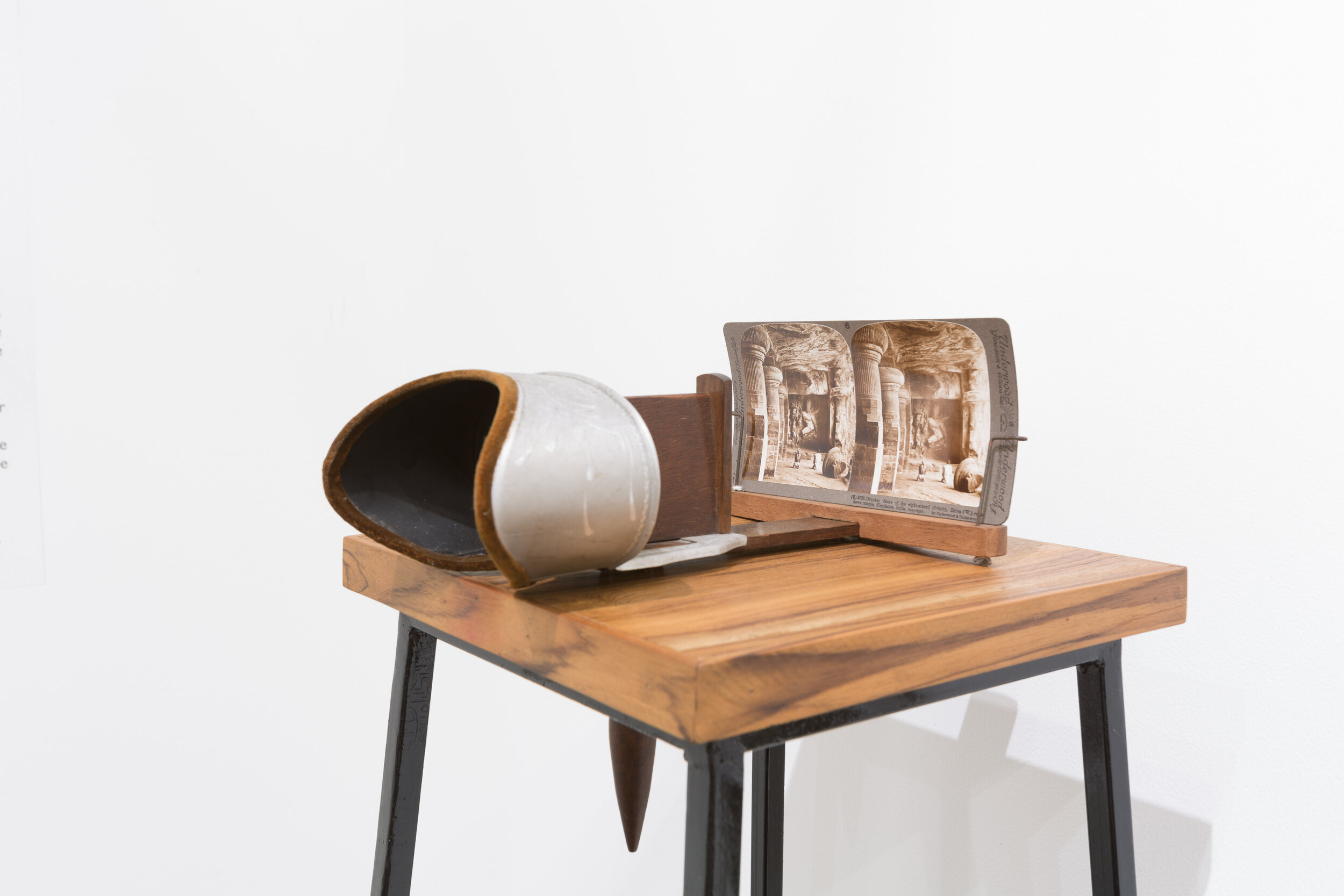
Tridhara, curated by Leela Samson and featured at SAF 2019, was a comprehensive presentation of three forms of Chhau: Seraikella, Mayurbhanj and Purulia.
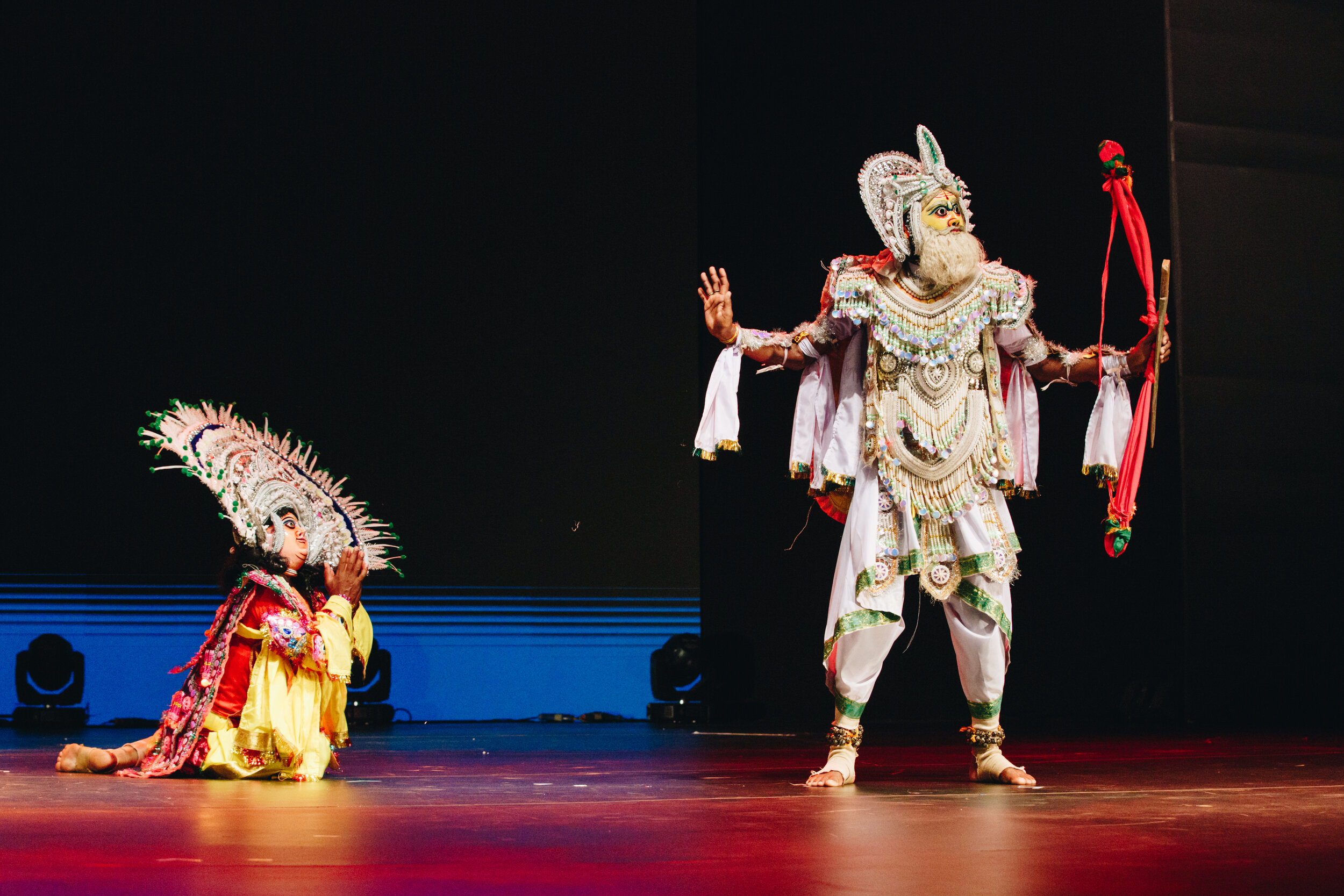
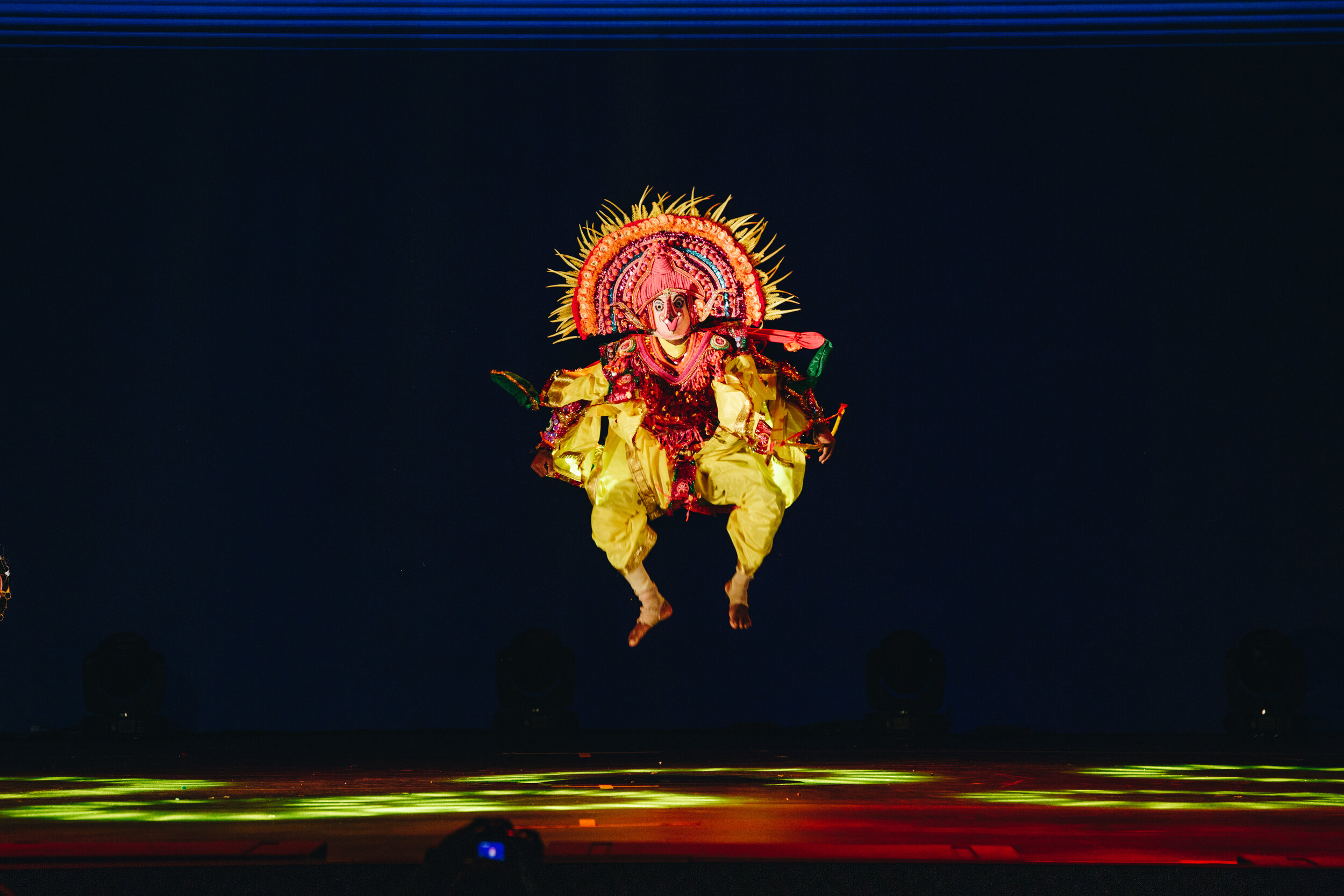

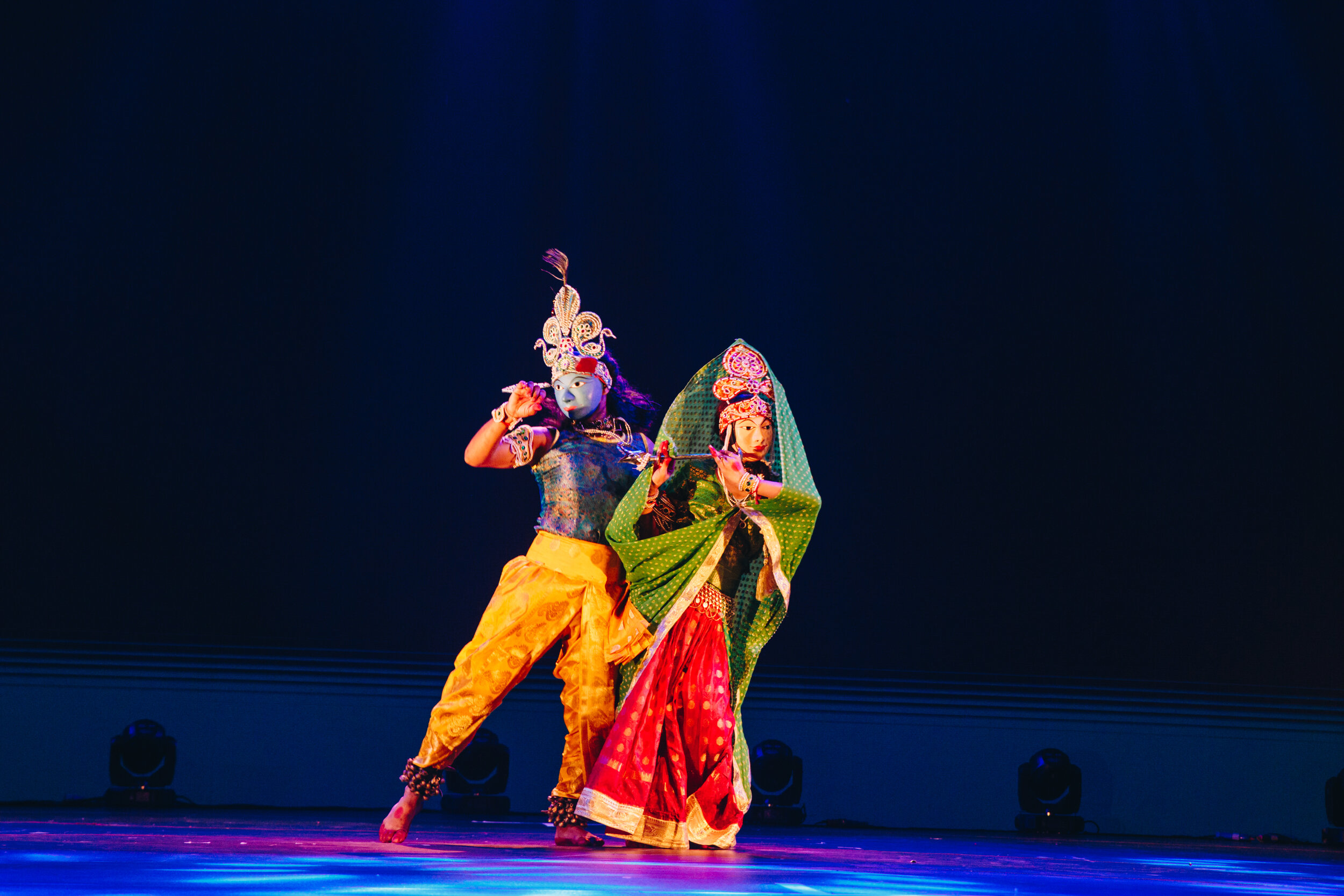
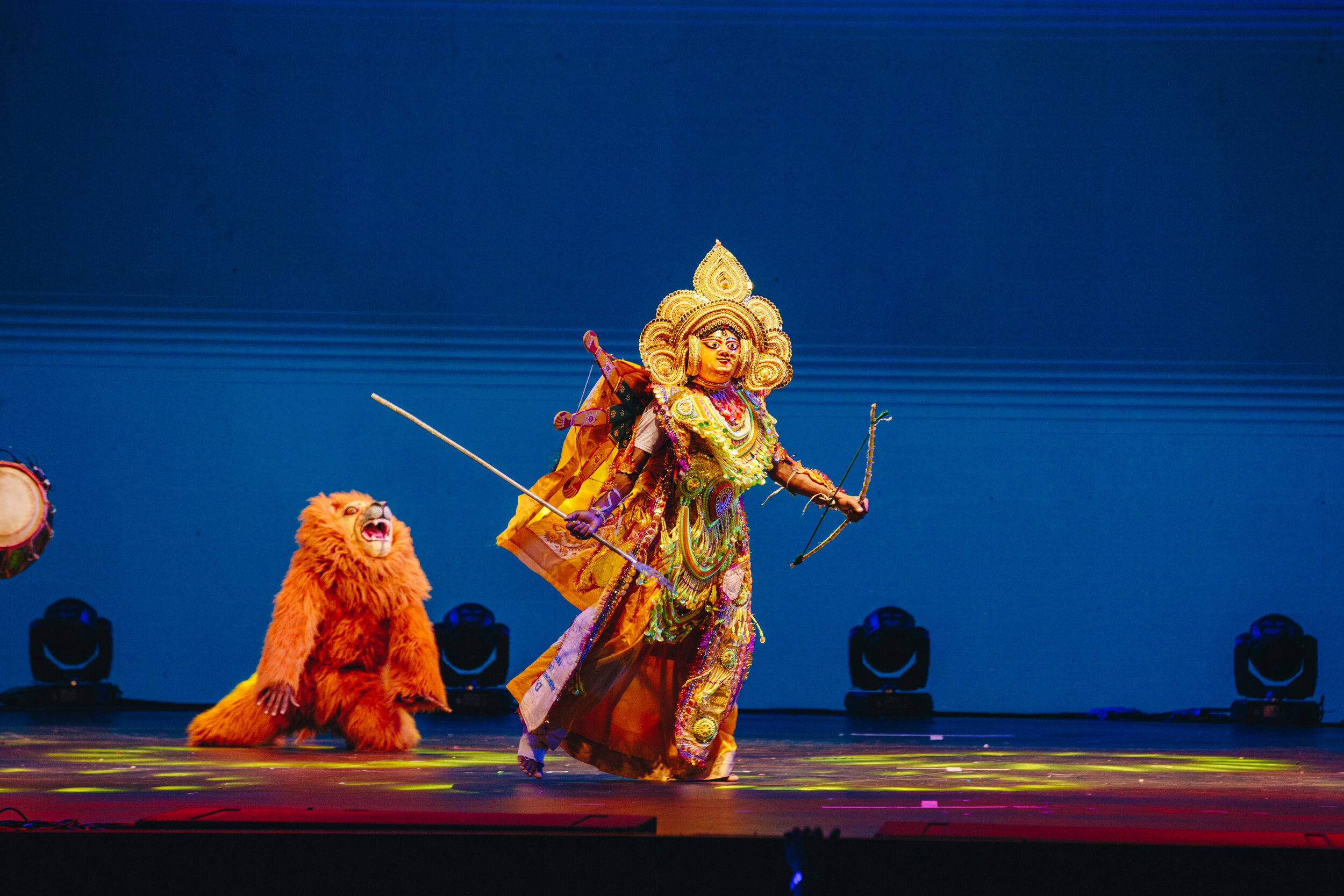
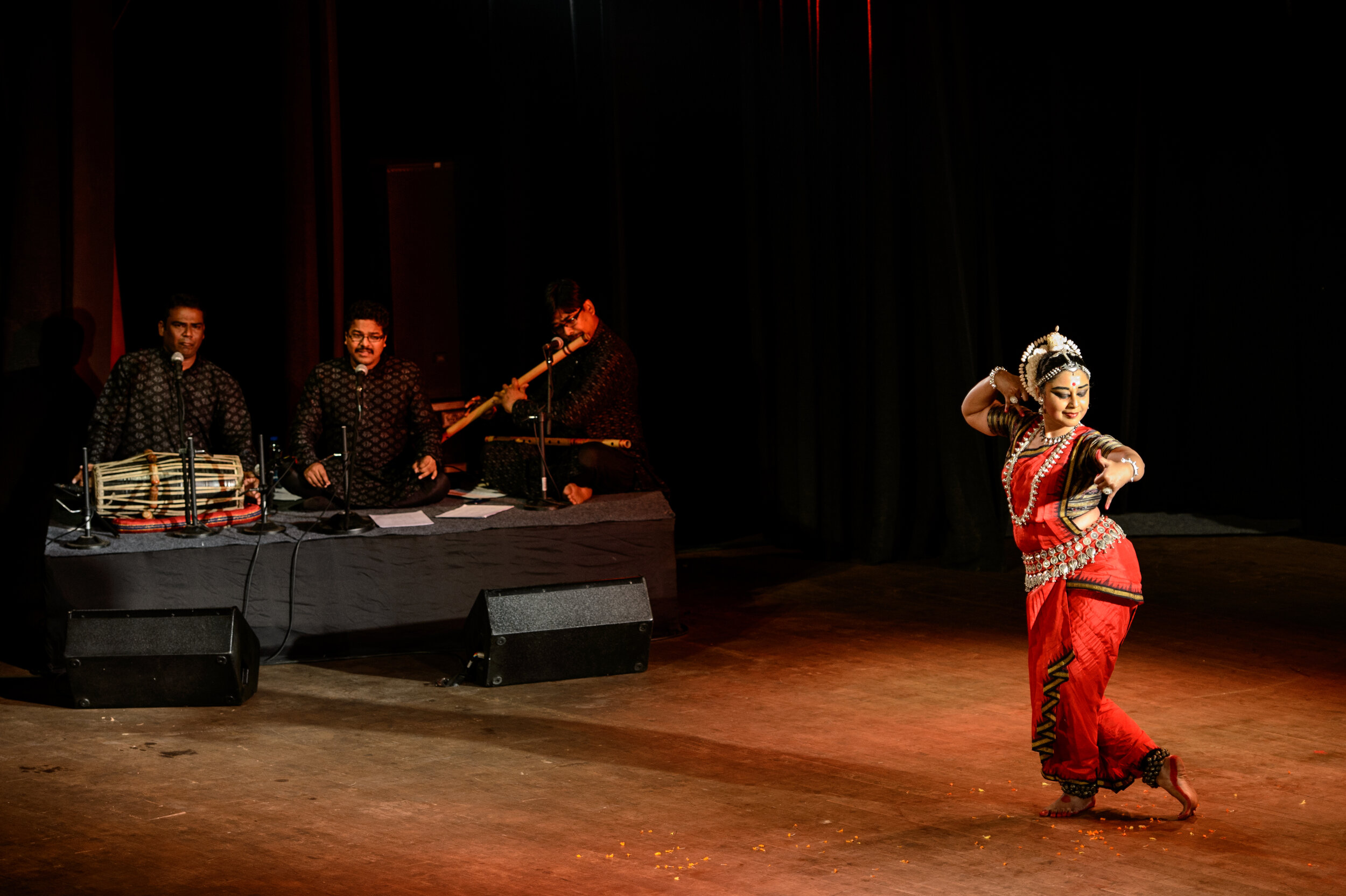
P.S. Out of the Blue
When we stumbled upon Sarah Kays Ted talk, we knew this was the perfect time to reinvent ourselves! From being an on ground event, we are now learning and unlearning a whole new world in the digital space. We’ve been scouting the internet for fun things to see and do these past few weeks and the treasures of the internet continually amaze us! You can choose to learn or do something new here on a daily basis – whether it is perfecting a Michelin recipe, learning ‘fun’ javascript or learning to juggle or mastering a magic trick- this site is going to keep you entertained for hours!
We found a great way to relieve cyberstress. Or, if you prefer, do a winning workout instead. We suggest you don’t try these at home, but definitely more fun and interesting stuff here.
If you’ve been reading or watching a lot of the classics these days, watching Mr. Darcy being painfully awkward might make you smile, or watching the story of the last bookshop might make you cry. The wonders of the real world and the internet will continue to amaze us, till then keep safe and strong and support the arts!
See you next week!
Reading and Resources Library
From our Archives
An extract from the essay featured in Projects / Processes Vol. 1 (HarperCollins India, 2019) which discusses a film programme curated by Sabeena Gadihoke and showcased at Serendipity Arts Festival 2018.
Reflecting on Still/Moving: The Folds within Photography and Cinema // Sabeena Gadihoke
From the Internet
This week we bring you many performances of reading—strategies of understanding difference, oppression, prejudice, and justice. These essays traverse varied terrains—literature, painting, cinema, and contemporary art. They address varied concerns—social anger, neo-colonial overtures, exclusionary publics and possibilities of reading as transformative action.
James Baldwin // How to Cool It — Esquire
The Artist as Producer in Times of Crisis // Okwui Enwezor
Blending Out // Rohit Chakraborty — The Caravan
Movement and the Still Image // Mieke Bal — Revisit A Movement
We Love Panjim
Bookworm, along with Scottish community artist Liz Kemp is conducting a unique Guided Drawing session, supported by Kokuyo Camlin! That is easily imagined by listening to a short text that is full of imagery and ideas. The session will be one hour long, and take place on Thursday June 11 between 3-4pm. To participate in this fun project, email sabina@serendipityarts.org, and we will share all the details and a link to join in!
Follow us on Instagram!
Serendipity Grants
Owing to the rapidly evolving global situation due to COVID-19, we will be revising the criteria for applications and timelines as part of our grant scheme. Please stay tuned for more information and further announcements. Thank you.





